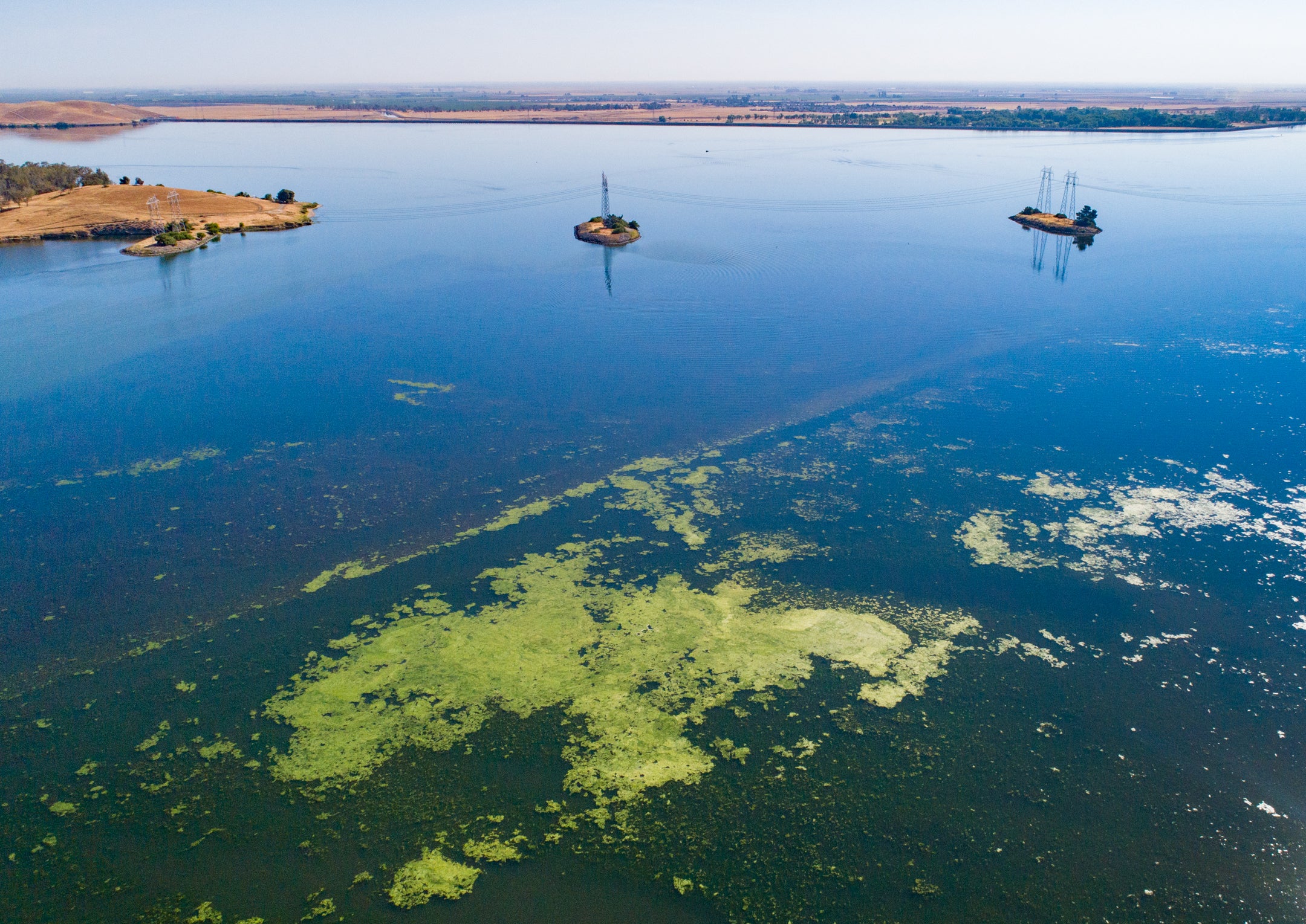The scale of the global freshwater crisis requires an all hands effort. Fostering diverse, sometimes difficult, partnerships — particularly between policymakers, producers, and frontline communities — is at the heart of EDF’s water program.

Buzz Thompson’s new book argues the scale of the water crisis requires stronger public-private collaboration.
Partnership is also at the center of an intriguing new book from Stanford law and environmental social sciences professor Barton “Buzz” Thompson. In Liquid Asset: How Business and Government Can Partner to Solve the Freshwater Crisis, Thompson argues partnership — between the private sector, lawmakers, state agencies, philanthropic foundations, and non-profits such as EDF — gives us the best chance to address the growing freshwater challenges confronting the world today. He explores exactly how such public-private partnerships can develop by addressing four key questions:
-
- Does the private sector promise anything unique in solving the global water crisis?
- What are the risks of private involvement given the “public-ness” of water?
- What are the challenges of working in a traditionally public sector?
- How exactly can the private and public sectors partner?

